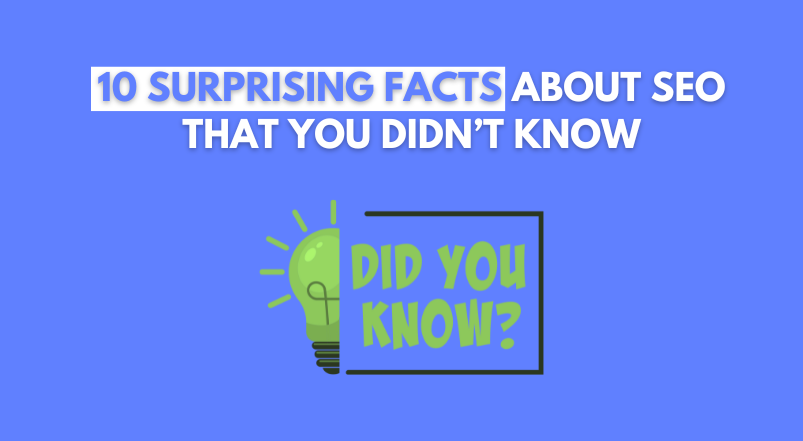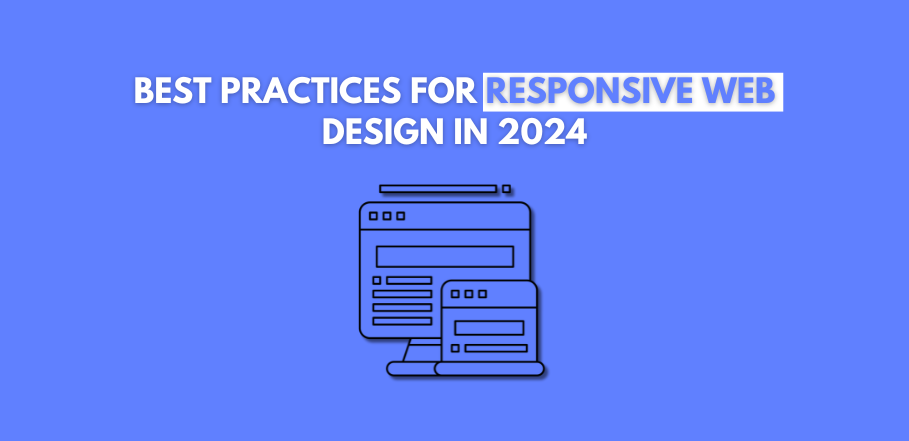
The Evolution of Digital Marketing: A Historical Perspective
Digital marketing has undergone a remarkable evolution since its inception, shaped by technological advancements, changing consumer behaviors, and emerging trends. Understanding the historical context of digital marketing can provide valuable insights into its evolution and help businesses adapt to the ever-changing landscape. Let’s take a journey through the history of digital marketing and explore its key milestones and transformations.
1. Early Beginnings: The Birth of the Internet
The origins of digital marketing can be traced back to the advent of the Internet in the late 20th century. With the launch of the World Wide Web in the early 1990s, businesses began to explore new ways to reach and engage with consumers online.
- Banner Ads: The first form of digital advertising, banner ads, made their debut in the mid-1990s, appearing on websites to promote products and services.
- Email Marketing: Email emerged as a powerful marketing tool, allowing businesses to communicate directly with consumers and deliver personalized messages.
2. The Rise of Search Engines
The rise of search engines in the late 1990s revolutionized the way people access information online and opened up new opportunities for digital marketers.
- Google’s Dominance: Google emerged as the dominant player in the search engine market, offering businesses the chance to reach a vast audience through paid search advertising and organic search optimization.
- SEO and SEM: Search engine optimization (SEO) and search engine marketing (SEM) became essential strategies for businesses looking to improve their visibility and rankings in search engine results pages (SERPs).
3. The Social Media Revolution
The early 2000s witnessed the rise of social media platforms, transforming the way people connect, communicate, and consume content online.
- Emergence of Social Networks: Platforms like MySpace, LinkedIn, and Facebook paved the way for social networking, enabling businesses to engage with consumers in more interactive and personal ways.
- Content Sharing: Social media platforms facilitated the sharing of user-generated content, leading to the viral spread of messages and the rise of influencer marketing.
- Paid Advertising: Social media advertising emerged as a powerful tool for targeted advertising, allowing businesses to reach specific demographics and interests with precision.
4. Mobile Revolution and the Era of Apps
The proliferation of smartphones and mobile devices in the late 2000s ushered in a new era of digital marketing focused on mobile-first experiences.
- Mobile Optimization: Businesses began to optimize their websites and digital assets for mobile devices to provide seamless experiences for users on the go.
- Mobile Apps: The rise of mobile apps created new opportunities for businesses to engage with consumers through branded apps, games, and experiences.
- Location-Based Marketing: Location-based technologies like GPS and geofencing enabled businesses to deliver targeted messages and promotions to consumers based on their physical location.
5. The Age of Content Marketing and Personalization
In the 2010s, content marketing and personalization emerged as dominant trends in digital marketing, driven by the increasing demand for relevant and valuable content.
- Content is King: Content marketing became a cornerstone of digital marketing strategies, with businesses investing in creating high-quality, informative, and engaging content to attract and retain customers.
- Personalization: Advances in data analytics and AI-enabled businesses to deliver personalized experiences and messages tailored to individual preferences and behaviors.
- Video Marketing: Video emerged as a preferred content format for consumers, leading to the rise of video marketing across social media platforms and websites.
6. The Future of Digital Marketing: AI, Voice Search, and Beyond
As we look to the future, digital marketing continues to evolve at a rapid pace, driven by emerging technologies and shifting consumer expectations.
- AI and Machine Learning: AI-powered technologies are revolutionizing digital marketing, enabling businesses to automate processes, analyze data, and personalize experiences at scale.
- Voice Search: The rise of voice-enabled devices and virtual assistants is changing the way people search for information online, leading to new opportunities and challenges for digital marketers.
- Augmented Reality (AR) and Virtual Reality (VR): AR and VR technologies are creating immersive experiences that blur the lines between the physical and digital worlds, opening up new possibilities for marketing and branding.
Conclusion
The evolution of digital marketing has been marked by constant innovation, disruption, and adaptation to changing technologies and consumer behaviors. From the early days of the internet to the rise of social media, mobile marketing, and AI-powered personalization, digital marketers have continually pushed the boundaries of what’s possible in reaching and engaging with consumers online. As we look ahead to the future, the landscape of digital marketing will undoubtedly continue to evolve, driven by emerging technologies like AI, voice search, AR, and VR. At EZ Brand Builders, we are committed to helping businesses navigate the ever-changing world of digital marketing and stay ahead of the curve. By understanding the historical perspective of digital marketing and embracing emerging trends, businesses can position themselves for success in the digital age.









